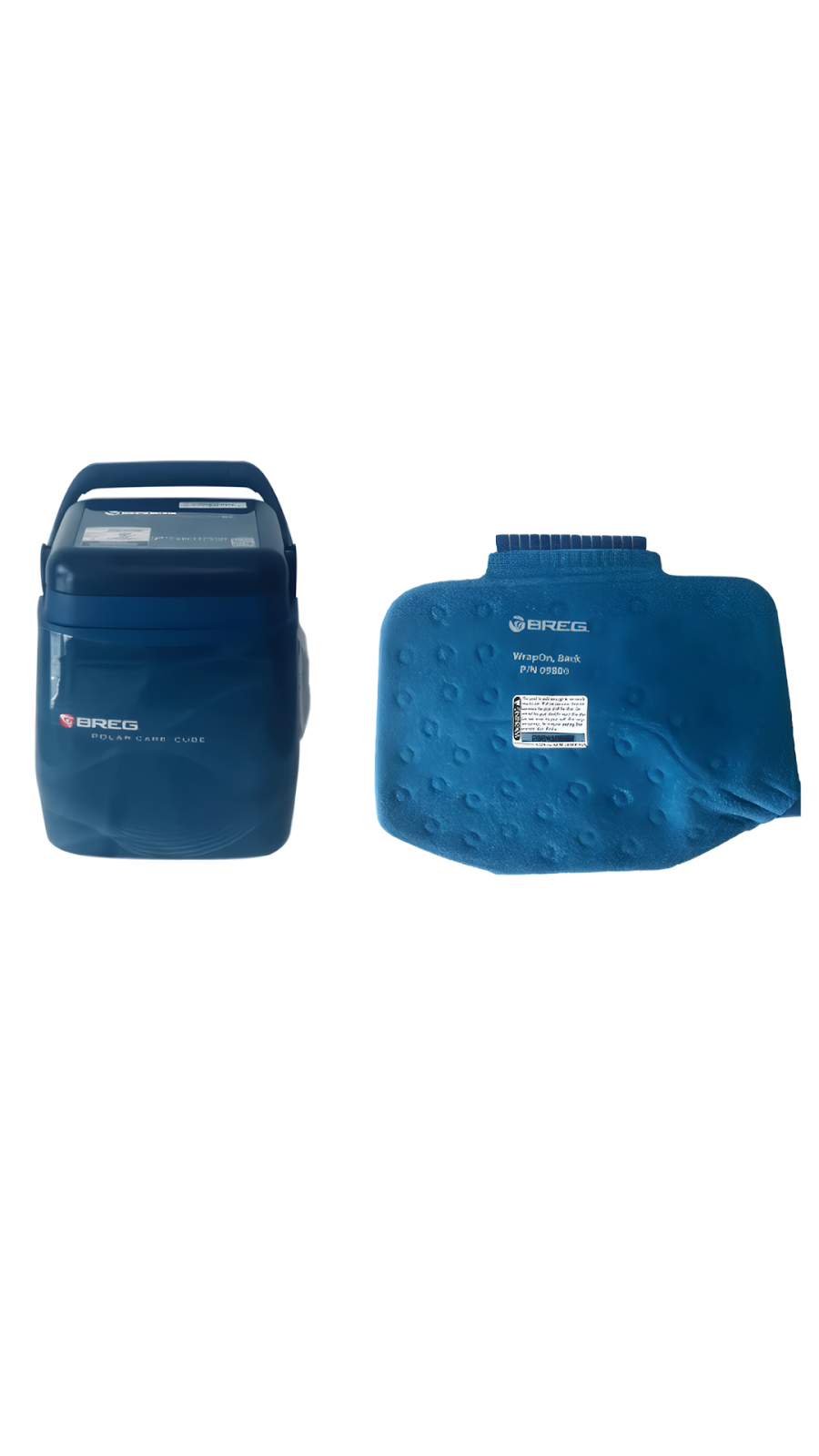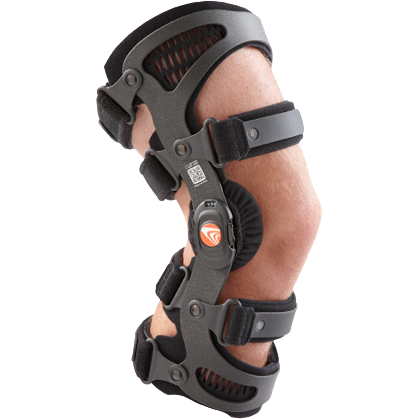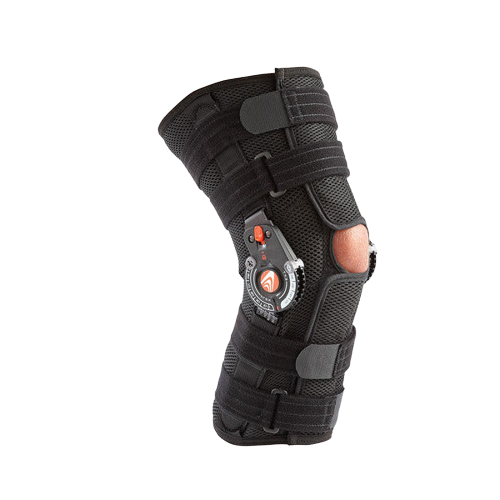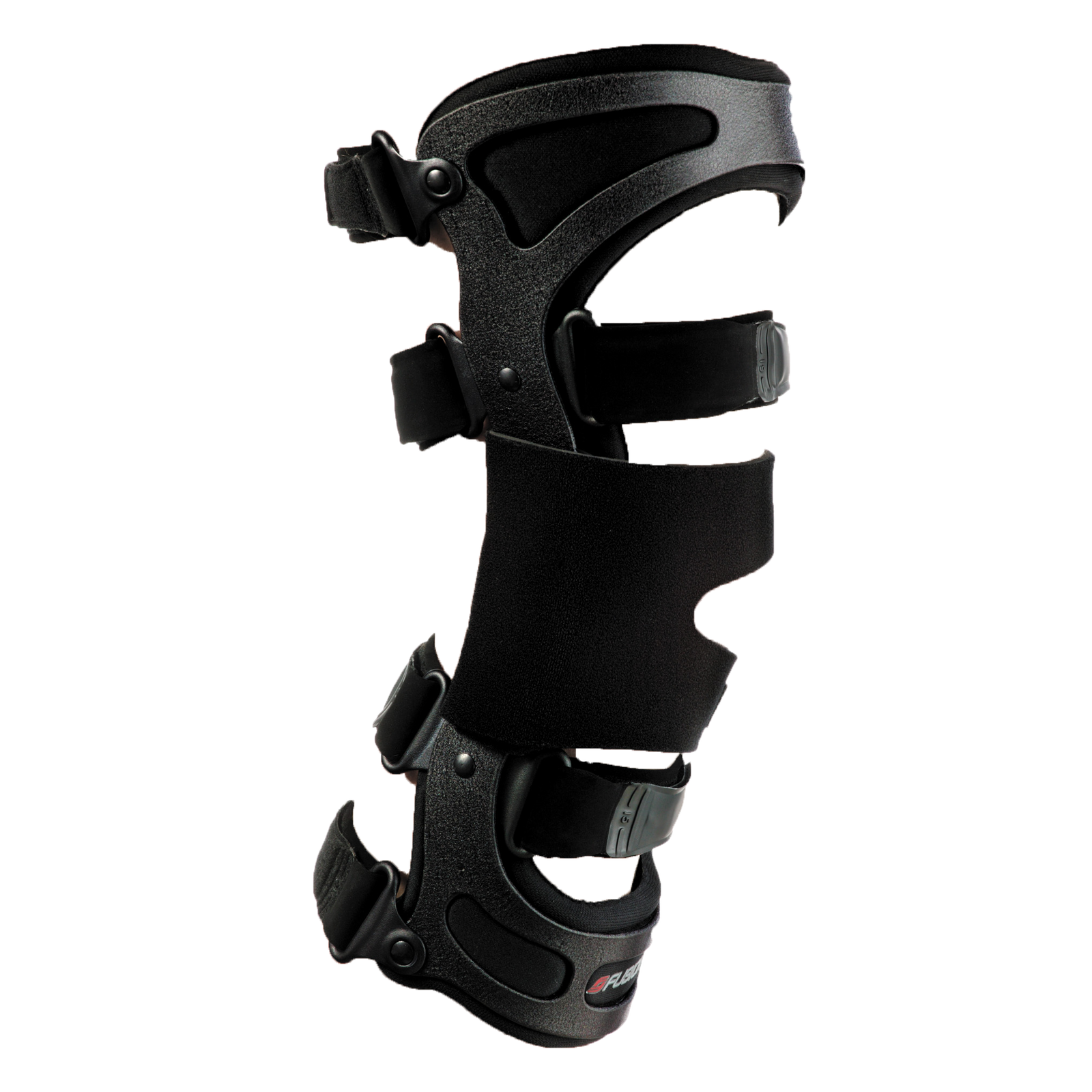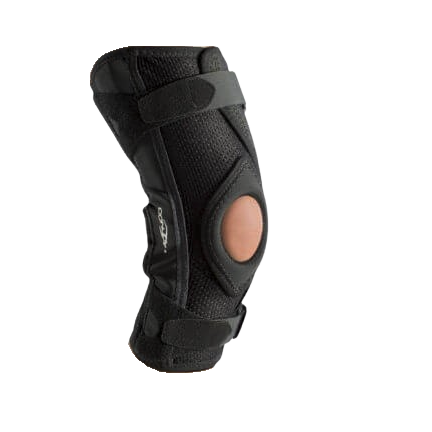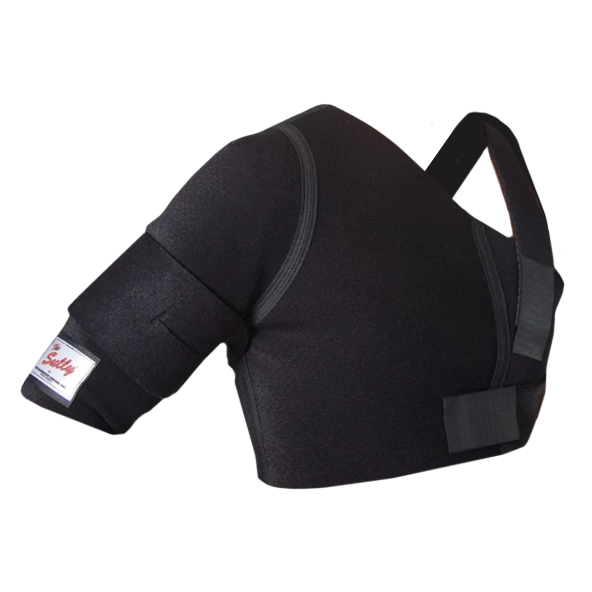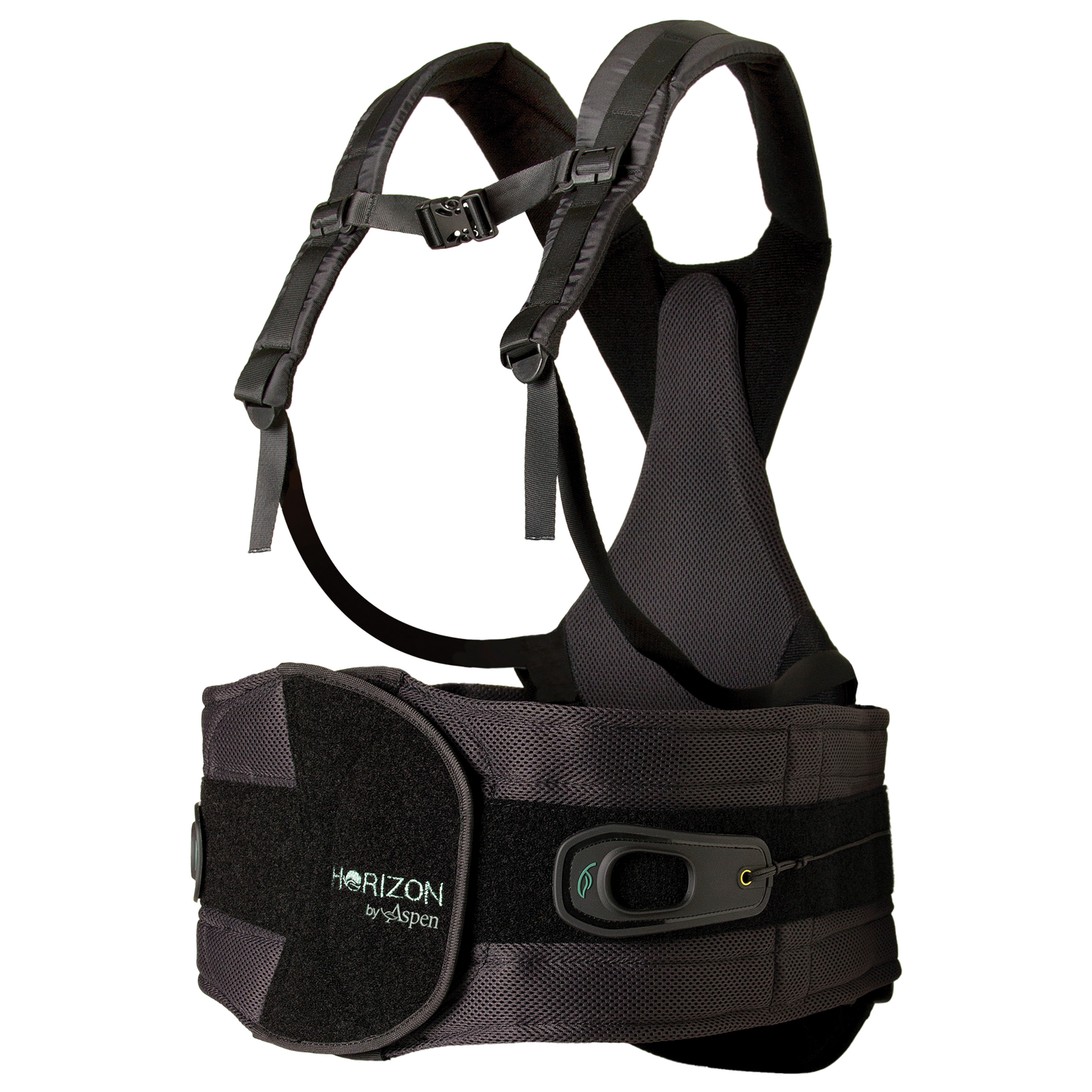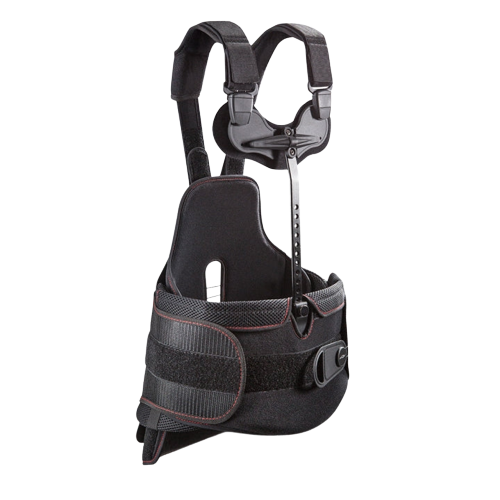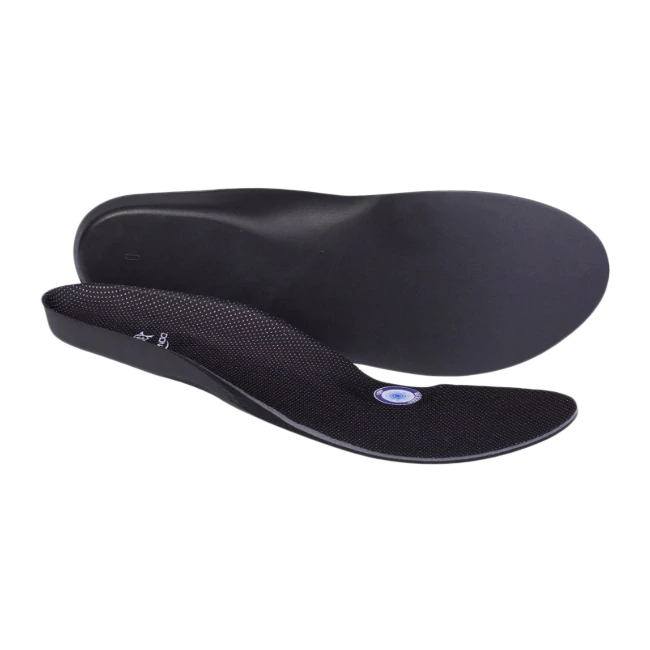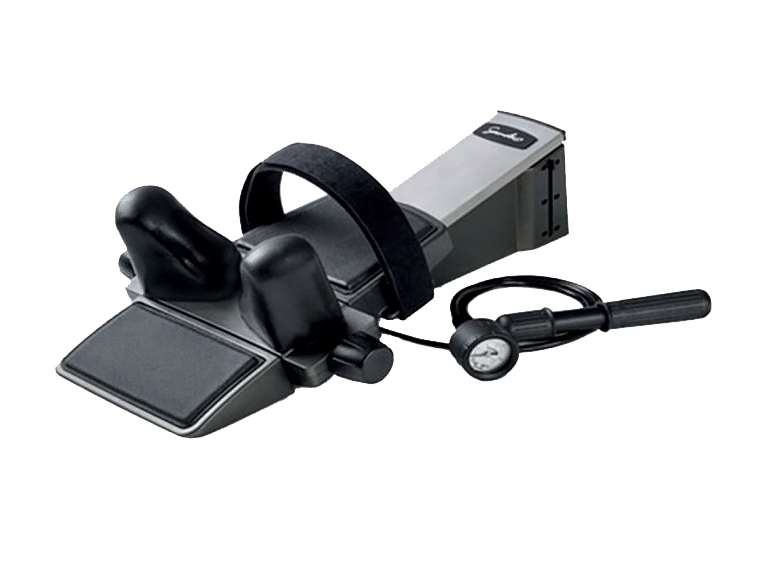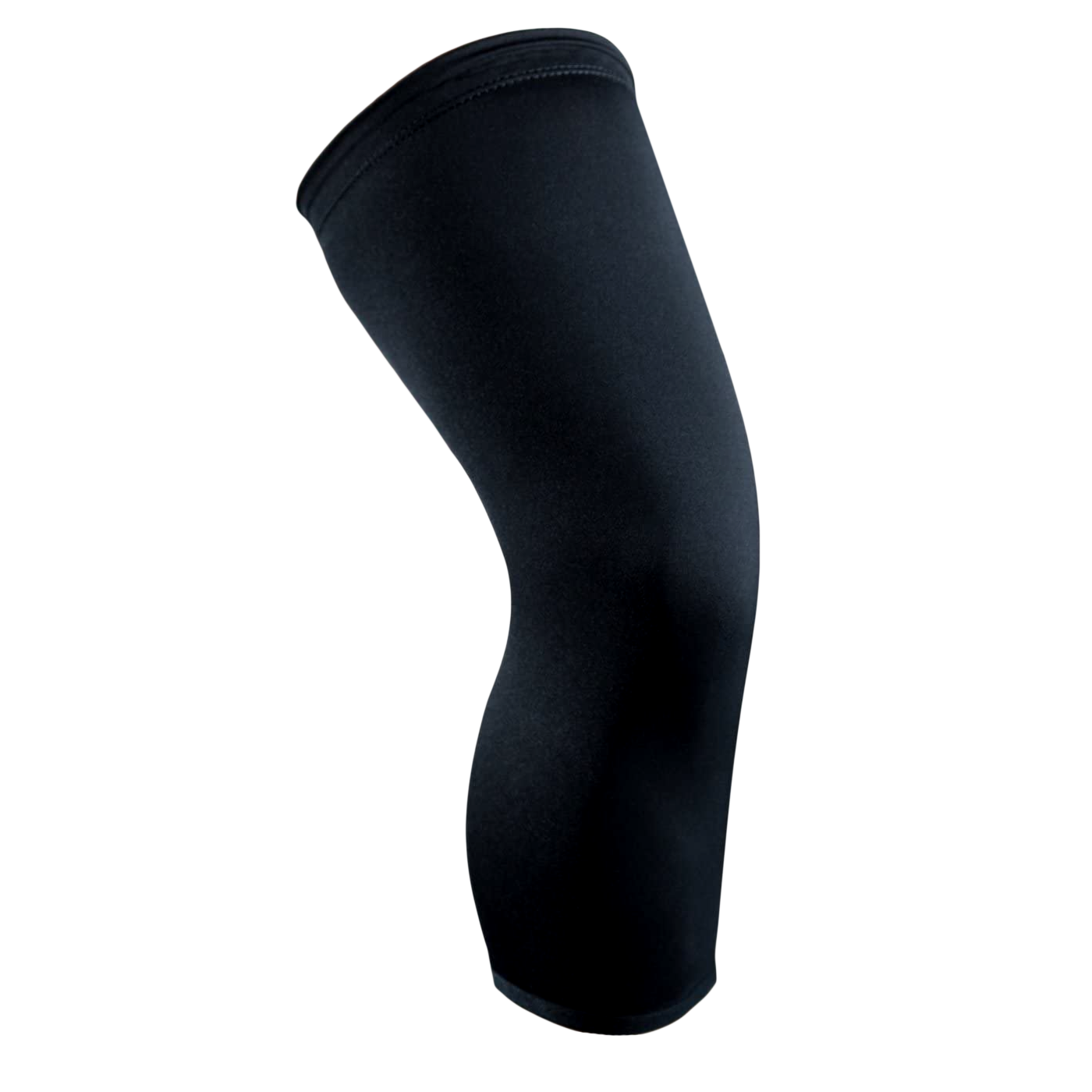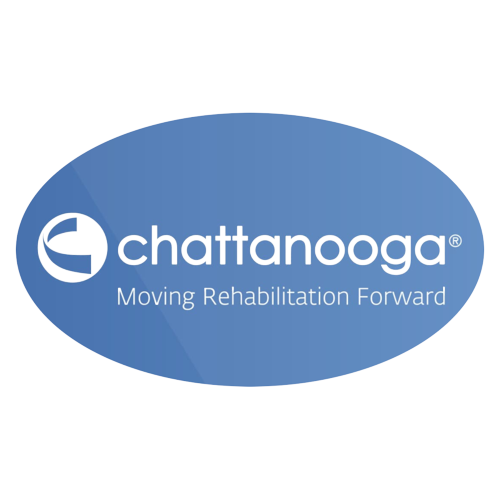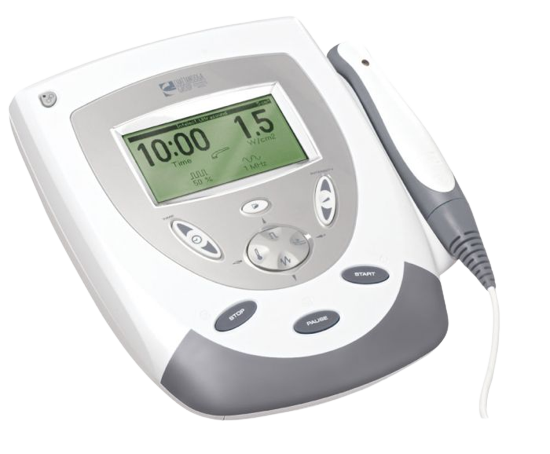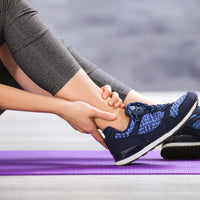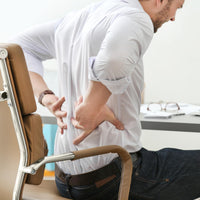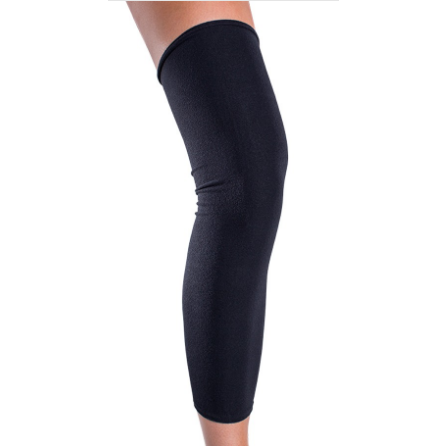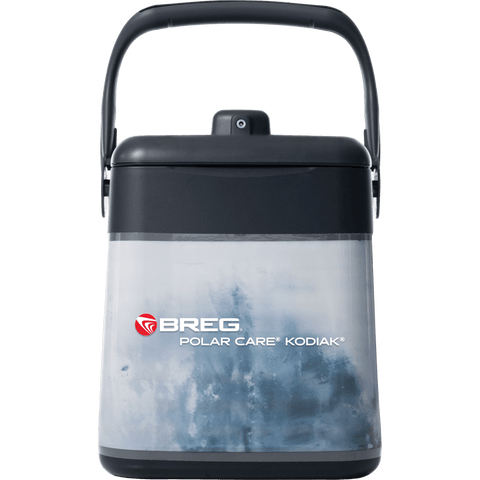
You may have heard about hot and cold therapy, but did you know that these two healing techniques can be used together to reap the benefits of both methods?
Hot and cold therapy are two of the most common treatments for pain relief, but are less known to be used simultaneously despite their natural ability to heal.
Find pain relief and heal your body today by learning how to effectively alternate between hot and cold therapy.
Quick Takeaways
- Hot and cold therapies have independent healing benefits and must be used appropriately to avoid worsening a condition
- Heating pads and hot gel packs are best for applying hot therapy and cold therapy machines are best for receiving benefits of cold therapy
- Extreme hot and cold temperatures can damage the skin and should only be used in conjunction with protective barrier, such as a compression sleeve
When you suffer from chronic or injury-related pain, it can be tempting to overdo temperature-controlled therapy in search of relief. When hot or cold isn’t helping or even worsening your condition, joining both therapies together can encourage healing.
Why Alternate Hot and Cold Therapy?
Alternating hot and cold therapy, also known as contrast therapy, can be very useful in treating injury. In order to understand when and how contrast therapy can help, it’s important to first understand how heat and ice perform on their own and when they can or cannot heal an injury.
Hot Therapy
Heat therapy works by widening blood vessels to bring oxygen and nutrients into an injured area. As the application of heat stimulates blood flow, it helps to reduce joint pain and relax sore muscles, tendons and ligaments.
The application of heat to an injured area also:
- Decreases painful muscle spasms
- Increases range of motion
- Improves circulation
- Heals damaged tissue
How to Apply Hot Therapy
To properly apply heat, it’s most convenient and comfortable to use a gel hot pack or heating pad. Simply microwave your gel hot pack or turn on your heating pad and apply to the injured area for relief.

When applying heat, keep in mind that extreme temperatures can easily damage the skin. Be sure to only apply temperatures you can tolerate and wear clothing during application to act as a protective barrier.
When To Avoid Hot Therapy
Keep in mind that heat therapy should not be used on all injuries. If you’re experiencing bruising or swelling, heat therapy can worsen your condition. In addition, it can be unsafe to use heat therapy if you have:
- Diabetes
- Dermatitis
- Vascular diseases
- Deep vein thrombosis
- Multiple sclerosis (MS)
- Heart disease
- Hypertension
- Are pregnant
If you are experiencing any of the conditions above, speak to your doctor for approval to avoid increased risk of complications.
Cold Therapy
In contrast to heat, cold therapy, also known as cryotherapy, reduces blood flow to an injured area, ultimately slowing the rate of inflammation and reducing the risk of swelling and tissue damage.
By applying ice or very cold temperatures to an injured area, muscles contract, inflammation decreases and pain signals are reduced. In addition to pain relief and reduced swelling, other benefits of cold therapy include:
- Soothing sore muscles
- Improving sleep quality
- Speeding up metabolism
- Strengthening the immune system
How To Apply Cold Therapy
Aside from an old bag of frozen peas, the most efficient way to benefit from cryotherapy is by using a cold therapy machine. Cold therapy units are designed to deliver consistent cold and ultimate comfort to patients while providing pain relief and reducing inflammation.
One of the best units available is Breg’s Polar Care Kodiak. This machine delivers ice water through circulation pads, called Intelliflo Wraps, specifically designed for different body parts and maximizing the healing process.
Similar to extreme heat, cold temperatures can cause irritation when applied directly to the skin. Before performing cold therapy, be sure to wear a protective barrier, such as a compression sleeve, to prevent any damage.
When To Avoid Cold Therapy
Similar to heat therapy, cold therapy is not helpful in all situations. Your ability to identify when extreme temperatures are causing damage may be inhibited if you have:
- Sensory disorder
- Diabetes
- Poor circulation
- Stiffness in joints or muscles
As always, speak to your healthcare provider about whether or not cold therapy can help provide pain relief and healing to your injury.
Ice vs. Heat
Generally speaking, ice should be applied first to reduce any inflammation. Once swelling is minimized, heat may be used to provide pain relief, promote blood flow and encourage the healing process. This process can typically be used for the following injuries and conditions:
- Back Pain
- Neck Pain
- Knee Pain
- Shoulder Pain
- Pulled Muscles
- Muscle Soreness
Before performing any at home therapy, be sure to consult your doctor first to fully understand the nature of your injury.
How To Alternate Hot and Cold Therapy
Clearly, both ice and heat are beneficial to aid in pain relief and healing. Although, choosing one means of temperature controlled therapy may not provide enough relief.
The combined use of hot and cold therapy allows patients to benefit from reduced inflammation, stimulated circulation and flexible muscles all with one therapy without negative side effects.
To properly perform alternating hot and cold therapy, repeat the following process once or twice daily, depending on your pain and injury:
- Apply cold for 1 minute
- Apply 3 minutes of heat
- Switch back to cold and apply for 1 minute
- Switch back to heat and apply for 3 minutes
- Again, apply cold for 1 minute
- Again, apply 3 minutes of heat
- Finally, end your session with 1 additional minute of cold

By alternating hot and cold therapy, any muscle tension, spasms and inflammation caused by independent use of hot or cold therapy can be avoided.
Maximize Your Therapy Today!
Alternating between hot and cold therapy and accelerating your recovery is easy when you have access to the right information and tools.
Start your healing journey and find pain relief today by visiting OrthoBracing to learn more about all of your recovery needs.

